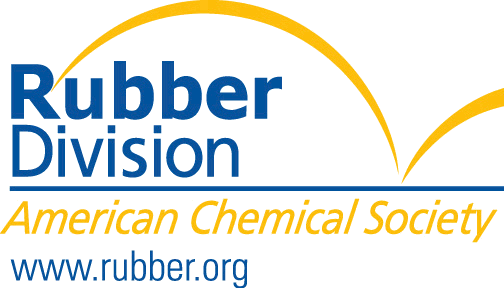Application of an Advanced TGA-GC-MS Coupling for the Characterization of an NR/SBR Rubber Mixture
Application of an Advanced TGA-GC-MS Coupling for the Characterization of an NR/SBR Rubber Mixture
Tuesday, March 25, 2014: 10:45 AM
Thermal analysis techniques are especially useful in the rubber industry for composition analysis of both basic and complex rubber mixtures. Simultaneous TGA-DSC instruments (STA) are standard in research and development, e.g. in organic or inorganic chemistry, for measurement of mass change behaviors such as pyrolysis and oxidative stability (TGA) as well as for determination of energetic effects like glass transition, melting point, crystallinity, etc. (DSC). Coupling of TGA and TGA-DSC instruments to MS, FTIR, or GC-MS yields additional information on the material’s behavior at high temperatures and the nature of the evolved gases. The new integrated TGA-GC-MS coupling described in this paper offers the advantage of separating the evolved gases for easier and more accurate interpretation. The different working modes of the integrated TGA-GC-MS test direct allow correlation of GC-MS results with specific temperatures and/or decomposition steps of a TGA-result in a fully-automated measurement process. This paper will detail an advanced TGA-GC-MS Coupling for the characterization of an NR/SBR rubber mixture.
